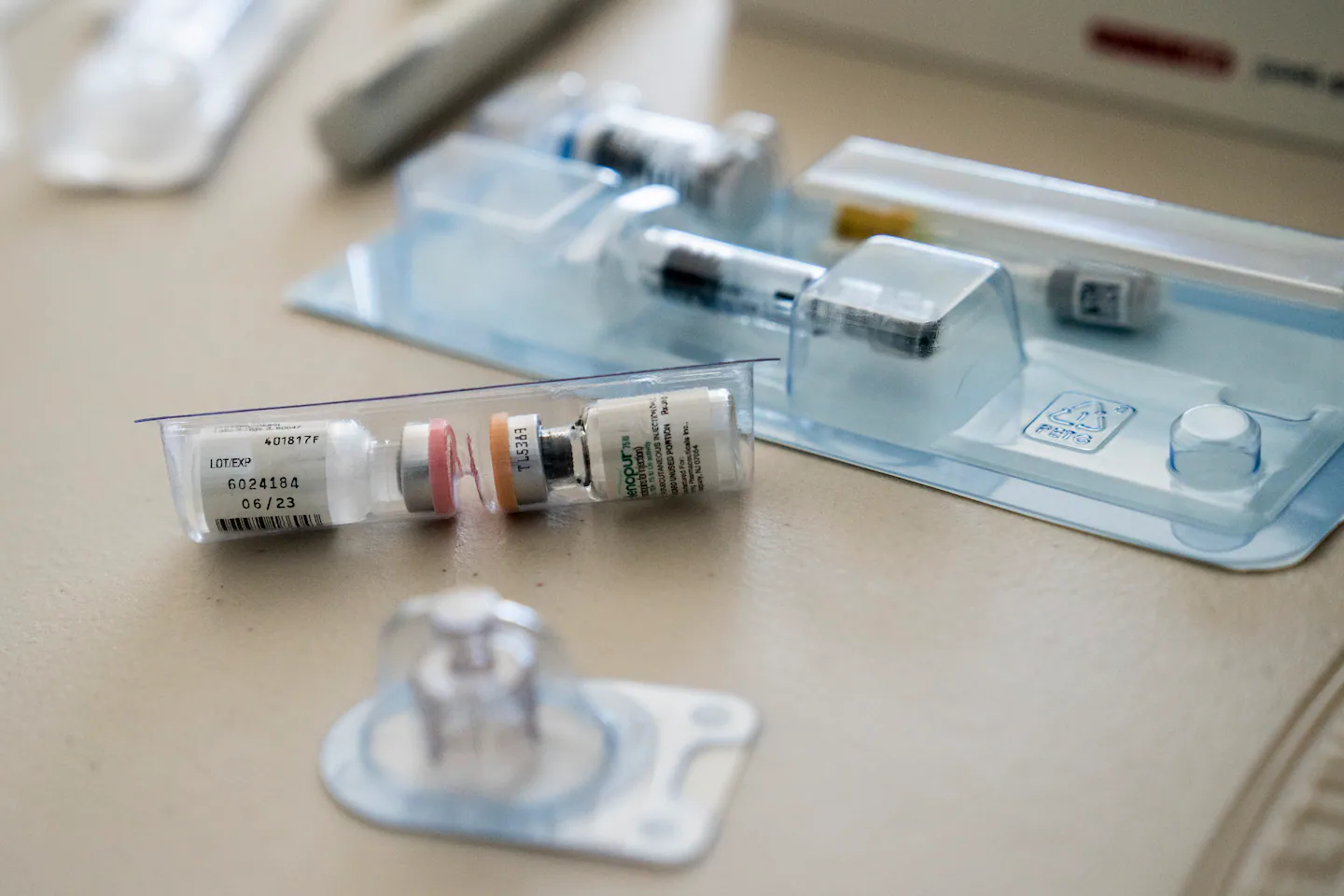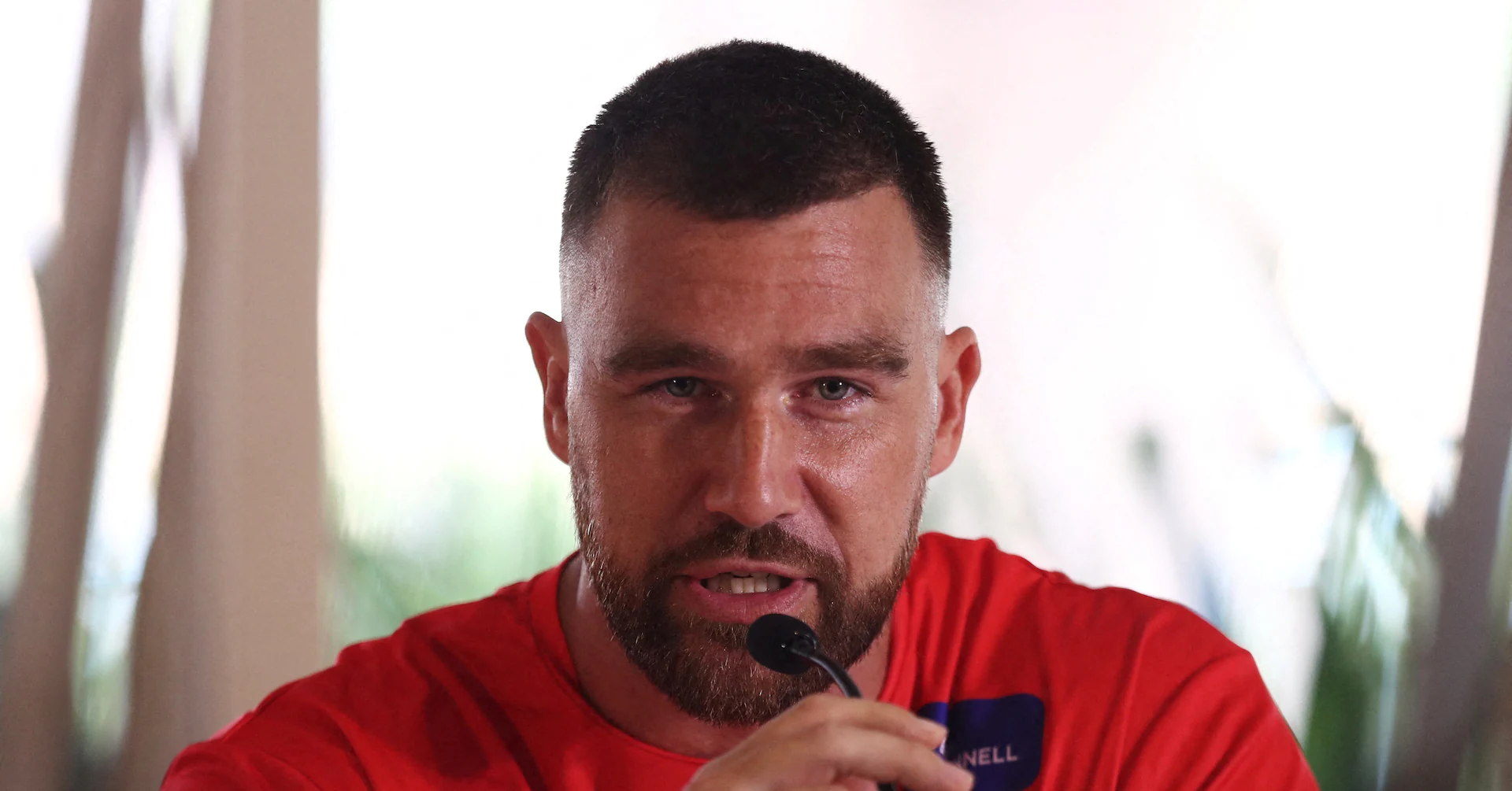Copyright The Boston Globe

🏈🏐🥎🏀🏒 Boston Globe Sports Report: We’re launching a new weekly sports television show and a newsletter to go along with it. Sign up here. President Trump cut tariffs on China after talks with Chinese leader Xi Jinping. The Federal Reserve reduced its key interest rate Wednesday for a second time this year, but Chair Jerome Powell warned that another cut in December “is not a foregone conclusion.” Massachusetts is a great place to raise a family. Too bad parents can’t afford it anymore. The Globe recently published a package of stories by my colleague Jessica Bartlett that examines how Massachusetts — despite being an early leader in requiring insurers to cover fertility treatments — still leaves large segments of would-be parents without adequate access, forcing some to take extreme financial and medical risks. I spoke with Jessica about the in vitro fertilization industry, its shortcomings, and the growing role played by private equity. Larry: IVF is a business that most people don’t think about unless they have to. How many people seek treatment and how much revenue do they generate for doctors, clinics, and drug companies? Jessica: According to the Centers for Disease Control, there were over 10,000 assisted reproductive technology procedures performed in Massachusetts in 2022, the most recent year of available data. There were more procedures per 1 million women of reproductive age performed here than in any other state. State data for the same year show those procedures helped nearly 4,500 people give birth. We don’t know how much money the business pulls in, as more than half of the IVF clinics in Massachusetts are private. But even looking at individual public companies is informative. Swiss-owned Ferring Pharmaceuticals reported more than $1 billion in 2024 revenue from global sales of Menopur — just one IVF drug. You found that IVF can cost between $15,000 and $25,000 per cycle without insurance. For those lucky enough to have coverage, how much does insurance pay on average? It is entirely dependent on your employer, if it is subject to the state mandate or not, and if you fit the insurer’s parameters for infertility treatment. One woman I spoke to had incredible coverage, which covered almost every part of the process for her. But between her annual deductible, the out-of-pocket costs of embryo storage, and copays for things like medications, she still spent nearly $10,000 total to have her two children via IVF. That’s one of the best case scenarios. Meanwhile, a woman who fails to meet the hormone levels many insurers require may be barred from IVF coverage. There is so much variation. How do the coverage requirements here compare with other states? Massachusetts is one of only 16 states with an IVF mandate. Massachusetts is progressive in some ways — we have a fertility preservation mandate, for example, to cover things like egg freezing in the face of a cancer diagnosis. Our IVF law doesn’t allow for medication exclusions or arbitrary limits. But our definition of infertility now lags other states. And while other states offer some fertility preservation or fertility treatment for those on Medicaid, Massachusetts has neither. You reported that private equity firms are an increasingly important player in IVF. Why? There is a high demand and people willing to do anything to access it. There is a lack of regulatory oversight, so few guardrails on growth, how to run the business, or even how to set prices. The prices here are also already high, so there is built-in profit to be made. How has President Trump proposed making IVF more affordable? Trump has proposed three main things. He negotiated with one manufacturer, Boston-based EMD Serono, to lower the price of its fertility drugs through direct sales to eligible patients. There is a difference of opinion whether that will work in the long term. Trump also is accelerating the approval of a key competitor to the IVF drug Menopur, which currently has a monopoly. But it is unclear what kind of data the FDA will require EMD Serono to produce as it reviews that drug. Additionally, Trump encouraged employers to buy specific fertility coverage. Davina Fankhauser, executive director of Fertility Within Reach, said, “Without transparency about how comprehensive these plans will be, what they will cost, and who will actually benefit, it’s impossible to know whether this represents real change.” What got you interested in digging into the IVF world? I had only glimpsed what the IVF process was like from friends and family going through it, and understood generally that it was a challenging process. But I got emails from two readers around the same time about how the process was unfair to them as gay individuals. That started me down the path of trying to understand how these policies worked. What I soon discovered was there were myriad reasons people lacked coverage. And what I thought was our incredible state mandate actually didn’t apply to the majority of the market. This seemed like a fundamental flaw. This was an issue that many see as a human right — the ability to have children. And we are denying or barring access to entire groups of people. The more I talked with people about their experiences, and came to understand the true cost of infertility — emotionally, physically, financially — the more compelled I felt to share these stories, and shed a light on an industry that is ripe for oversight and attention. “I think forms of tyranny succeed by destroying your determination, by destroying your imagination — your ability to picture the end of something.” — Harvard University historian Jill Lepore, speaking on “The Opinions,” a New York Times podcast. Going on D: With much of the state’s core economy under attack from the Trump administration, Massachusetts political and business leaders are looking at defense tech to make up for some of the losses. Pivot point: Bill Gates, the Microsoft cofounder who has spent billions of his own money to raise the alarm about the dangers of climate change, is now pushing back against what he calls a “doomsday outlook” and appears to have shifted his stance on the risks posed by a warming planet. King of the hill: Nvidia, the AI semiconductor juggernaut, on Wednesday became the first company to surpass $5 trillion in stock market value. Money makeover: OpenAI adopted a new for-profit structure, a long-sought change that could allow the business to operate like a more traditional company while it raises the billions of dollars it needs to develop artificial intelligence. Unreliable sources: Elon Musk launched Grokipedia, a crowdsourced online encyclopedia edited by AI, to compete with Wikipedia. Junk funk: Simmons University’s credit rating was cut to below-investment grade by Moody’s Ratings, which said the Boston school may post operating deficits through 2028 as it intentionally reduces enrollment. ~60 percent — The percentage of grades handed out in Harvard University undergraduate classes that are A’s, up from 40 percent a decade ago and less than a quarter 20 years ago. Everybody’s a critic. Earlier this week, Globe television and pop culture guru Chris Vognar published his ranking of the 10 best American television sitcoms of all time. (Criteria: broadcast networks only, 30 minutes, strictly comedy.) The shows Chris picked — you can see the list here — are hard to argue with. But that didn’t stop readers from weighing in with nearly 260 comments, most about other programs they said should have made the cut. Here, culled from their recommendations and mine, are shows that deserve at least an honorable mention. “The Dick Van Dyke Show” (CBS, 1961–1966). The genius of Carl Reiner and the many talents of Van Dyke and a 20-something Mary Tyler Moore. “The Odd Couple” (ABC, 1970-1975). Jack Klugman and Tony Randall took the characters of Oscar and Felix and made them their own. “M*A*S*H” (CBS, 1972–1983). Maybe we’d call it a dramedy today, but still funny as hell. “Fernwood 2 Night”/“America 2-Night” (First-run syndication, 1977-1978). A late-night talk show satire with inspired performances by Martin Mull and Fred Willard as the host and co-host, plus hilarious guest appearances by Kenneth Mars, Susan Cloud, and Tom Waits, among others. “Taxi” (ABC, 1978–1982; NBC, 1982-1983). An earlier, New York version of “Cheers” with the unforgettable characters of Latka Gravas (Andy Kaufman) and Louie De Palma (Danny DeVito). “30 Rock” (NBC, 2006-2013). Hands down the show with the most QLPM (quality laughs per minute). “Community” (NBC, 2009–2014, Yahoo! Screen, 2015). Stands out for its meta-humor, genre experimentation, and the friendship of Abed (Donald Glover) and Troy (Danny Pudi). “The Good Place” (NBC, 2016–2020). A superb ensemble cast (including Kristen Bell, Ted Danson, and William Jackson Harper) and the only sitcom that might have made Kierkegaard laugh. 👀 The Bruce Springsteen item in Monday’s newsletter said Jon Landau wrote his famous “rock and roll future” review of the Boss after seeing him in a small Boston club. A savvy reader notes that the venue, the Harvard Square Theatre, was neither a club nor small. In fact, the now-closed odeon could seat more than 1,600 people. Landau, who went on to become Springsteen’s close friend and manager, had seen him perform a month earlier at Charlie’s Place, a true small club. 🎂 Happy 89th birthday to Robert Caro, biographer of Robert Moses and LBJ. 👋 Thanks for reading. Trendlines will be back on Monday. ✍🏼 If someone sent you this newsletter, you can sign up for your own copy.



